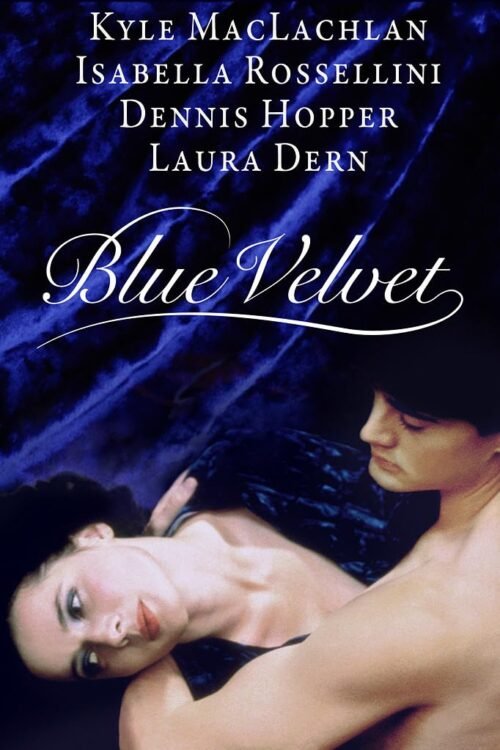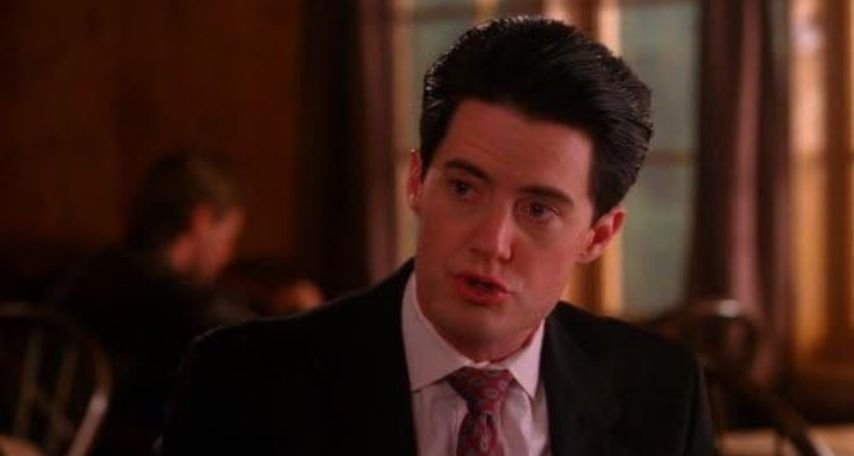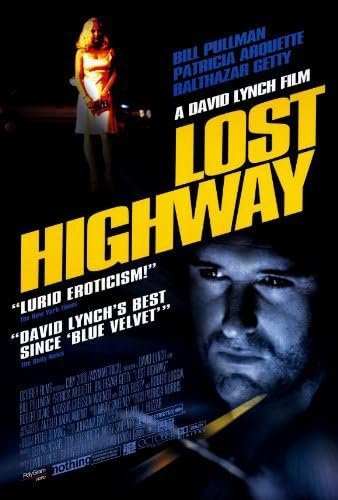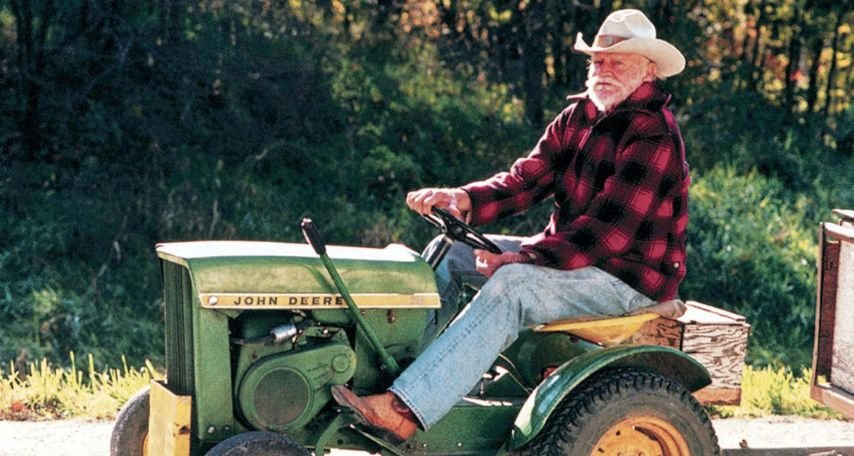The world lost a visionary with the recent passing of David Lynch, but his influence will resonate for generations to come.
Lynch’s movies don’t just tell stories—they lure you into a world where nothing is as it seems, and the mundane is often more terrifying than the grotesque.
From surreal dreamscapes to unsettling symbolism, Lynch’s works continue to haunt, inspire, and perplex audiences.
In this exploration, we’ll unravel the themes, motifs, and unforgettable experiences that define his singular career.
The Lynchian World: Where Themes and Symbols Collide
Darkness Beneath the Polished Surface
Forget picket fences and manicured lawns—Lynch sees the sinister in the serene.

Blue Velvet exposes the rot lurking beneath suburbia, with the discovery of a severed ear setting the tone for a descent into chaos.
Similarly, Twin Peaks takes small-town Americana and reveals layers of deceit, horror, and human frailty.
Lynch once mused, “There’s so much more going on beneath the surface of everyday life. That’s where the magic and the terror live.”
Dream Logic: A Lynchian Trademark
Lynch’s narratives often feel like lucid dreams—vivid yet slippery. In Mulholland Drive, characters shift identities and realities bend, leaving viewers grappling with its labyrinthine plot.
Lost Highway takes it further, embracing a surrealist noir aesthetic where time and identity collapse.
These films don’t aim to be understood; they’re designed to be felt.
Visual and Auditory Symbols
Lynch’s films are a masterclass in visual storytelling. Red curtains (as seen in Twin Peaks) symbolise thresholds to the unknown, while severed body parts (Blue Velvet) act as grotesque invitations into darker realities.
Fire, electricity, and distorted sounds are recurring motifs that heighten tension and unease, acting as metaphors for power, transformation, or destruction.
Lynch’s Filmography: Moments of Genius and Madness
Eraserhead (1977): Where It All Began
This nightmarish debut established Lynch’s reputation for merging the surreal with the unsettling.
Set in an industrial wasteland, it’s a haunting meditation on fear, parenthood, and isolation.
The film’s dissonant sound design and grotesque imagery continue to influence avant-garde filmmakers.
The Elephant Man (1980): Empathy Amid Horror
Lynch proved he could tackle mainstream narratives without losing his edge.
The Elephant Man is both poignant and haunting, exploring themes of humanity and cruelty.
John Hurt’s portrayal of John Merrick resonates as a deeply humanising depiction of the othered.
Dune (1984): A Cult Oddity
Dune remains a divisive entry in Lynch’s oeuvre. While its grand vision was compromised by studio interference, its production design and ambition have earned it a cult following.
Lynch himself disowned the film but acknowledged it as a valuable lesson in creative control.
Blue Velvet (1986): The Lynch Blueprint
A voyeuristic odyssey, Blue Velvet juxtaposes innocence with depravity.
Dennis Hopper’s chilling turn as Frank Booth is unforgettable, while Isabella Rossellini’s Dorothy embodies vulnerability and resilience. It’s a film that redefined noir and solidified Lynch’s voice.
Wild at Heart (1990): Chaos and Love on the Road
This Palme d’Or winner is a riot of violence, passion, and pulpy charm.
Nicolas Cage and Laura Dern deliver electrifying performances in a tale that’s equal parts Elvis tribute and fever dream. Lynch’s love for the absurd shines in every frame.
Twin Peaks (1990-1991, 2017): Revolutionising Television

Lynch’s foray into TV changed the medium forever. Twin Peaks: Season 1 became a cultural phenomenon, blending soap opera melodrama with surreal horror.
Twin Peaks: Season 2 faced challenges during Lynch’s absence but delivered a haunting finale.
The 2017 revival, Twin Peaks: The Return, defied expectations, offering an avant-garde exploration of time, identity, and memory. Critics hailed it as a bold reimagining of serialised storytelling.
Twin Peaks: Fire Walk With Me (1992): Laura’s Agony
Initially polarising, this prequel to Twin Peaks has been reassessed as a raw, gut-wrenching exploration of trauma.
Sheryl Lee’s portrayal of Laura Palmer anchors the film, making it one of Lynch’s most emotionally devastating works.
Lost Highway (1997): Noir Meets Nightmare

A hallucinatory tale of identity and paranoia, Lost Highway merges Lynch’s signature style with noir tropes.
Its haunting imagery and hypnotic soundtrack influenced directors like Christopher Nolan and David Fincher.
The Straight Story (1999): Lynch’s Gentle Side

This quietly powerful film is Lynch at his most tender. Following an elderly man’s journey to mend family ties, it’s a poignant exploration of regret and reconciliation, proving that Lynch doesn’t need surrealism to captivate.
Mulholland Drive (2001): The Dream Factory’s Nightmare
Arguably Lynch’s masterpiece, this film dissects Hollywood’s illusions and promises.
Naomi Watts delivers a career-defining performance, guiding viewers through a surrealist tale of ambition and heartbreak.
Inland Empire (2006): Lynch Unleashed
His most experimental work, Inland Empire, blurs the line between cinema and abstraction.
Shot on digital video, its raw aesthetic and disjointed narrative push viewers to their limits.
Laura Dern’s fearless performance cements the film as a challenging yet rewarding watch.
Short Films and Early Works
Before his feature-length success, Lynch’s short films like Six Men Getting Sick (1967) and The Grandmother (1970) showcased his surrealist vision.
These works laid the foundation for his unique storytelling style and visual experimentation.
Lynch Beyond Film
Influencing Generations
Directors like Denis Villeneuve (Arrival) and Jordan Peele (Get Out) cite Lynch as a major influence.
Peele’s ability to make the familiar feel terrifying owes much to Lynch’s storytelling ethos.
Music and Sound
Lynch’s collaboration with Angelo Badalamenti birthed unforgettable scores like Twin Peaks’ haunting theme.
Musicians from Trent Reznor to Lana Del Rey credit Lynch for shaping their aesthetic sensibilities.
Visual Art
Lynch’s paintings and multimedia installations extend his cinematic language.
His exhibitions, characterised by grotesque and surreal imagery, offer a deeper understanding of his artistic psyche.
Beyond the Frame: Why David Lynch’s Vision Endures
Lynch’s work endures because it mirrors the uncanny complexities of life.
By fusing the surreal with the intimate, he invites audiences to confront their own fears and desires.
His films do more than just entertain; they linger, perplex, and provoke, ensuring his legacy as a true auteur.
Whether it’s the hypnotic hum of a ceiling fan or the eerie glow of a red room, David Lynch’s movies challenge us to embrace the strange and see the world anew.


